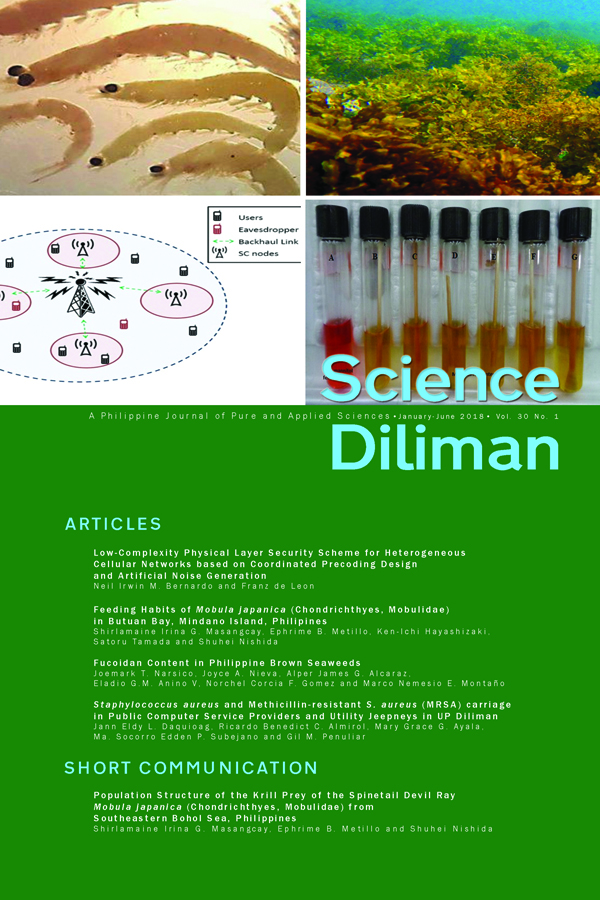Low-Complexity Physical Layer Security Scheme for Heterogeneous Cellular Networks based on Coordinated Precoding Design and Artificial Noise Generation
Abstract
The undertaking for higher capacity and seamless wireless connectivity in next-generation mobile networks while maintaining an energy-efficient transmission requires a fundamental redesign of the existing cellular architecture. Heterogeneous network (HetNet) deployment is a promising architectural framework for meeting these design goals. However, an increase in cellular capacity and device connectivity would also result in an increase of sensitive data and classif ied information being exchanged over the network, thus making security another critical aspect in cellular network design. In this study, a convex optimization model was formulated that minimizes the total power consumption of the network while satisfying certain level of per-user data rate requirement and information secrecy at the physical layer. From this model, a low-complexity physical layer security scheme was developed that exploits coordinated precoding design, artif icial noise generation, and a suboptimal sleep mode strategy in HetNets. Simulation results show that joint optimization of coordinated precoding scheme and ar t i f icial noise generation is an effective approach for increasing cellular capacity while simultaneously lowering the transmit power of the base stations and risk of eavesdropping attacks. Incorporating sleep mode mechanism in physical layer security transmission scheme of HetNets also reduced the total power consumption while maintaining a secured and reliable communication during low traffic periods. Furthermore, our proposed physical layer security scheme exhibited signif icant reduction in computational complexity, but at the expense of slight performance degradation in terms of energy eff iciency.
Keywords: Physical Layer Security, Heterogeneous Networks, Small Cells, 5G



